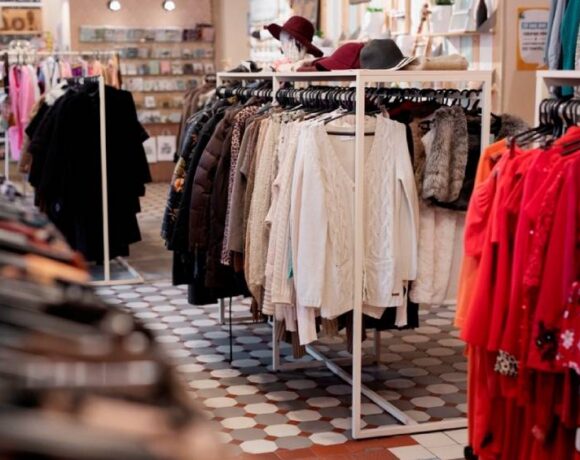US Fashion Brands Diversify Sourcing Amidst Challenges In Bangladesh

A recent study reveals that American fashion companies are increasingly diversifying their apparel-sourcing base, with a significant shift towards India as uncertainties and risks in Bangladesh impact sourcing strategies. According to the latest US study, the evolving geopolitical landscape and supply chain disruptions have made India an attractive alternative for US brands and retailers.
The study highlights that shipping delays, supply chain issues, and political instability are emerging as major concerns for US fashion brands in 2024. India is being recognized for its competitive vertical integration, manufacturing flexibility, and agility, positioning itself favorably compared to other Asian suppliers.
For the first time since 2014, more respondents in the survey reported sourcing from India (89 percent utilization rate) than from Bangladesh (86 percent utilization rate), with India moving up to the second spot from fourth in 2023, while Bangladesh fell to fourth from third. China (100 percent utilization rate) and Vietnam (89 percent utilization rate) continue to lead the list of sourcing countries.
The ‘2024 Fashion Industry Benchmarking Study,’ conducted by the United States Fashion Industry Association (USFIA) and the University of Delaware, also reveals that nearly 60 percent of surveyed executives plan to expand their apparel sourcing from India over the next two years—more than any other Asian country. The report underscores India’s advanced local textile manufacturing capabilities, which contribute to its relatively lower dependence on imported components compared to Bangladesh, Cambodia, and Vietnam.
In contrast, around 48 percent of respondents indicated interest in increasing sourcing from Bangladesh over the next two years, a decrease from 52 percent in 2023 and 58 percent in 2022. The study points to high social-compliance risks, including labor protests and a poor social responsibility record, as key factors affecting Bangladesh’s sourcing appeal.
Fazlul Hoque, former president of the Bangladesh Knitwear Manufacturers and Exporters Association (BKMEA), expressed concerns about Bangladesh’s competitiveness. High production costs, energy shortages, and rising utility charges have eroded its edge. The lack of duty benefits from the US further complicates the situation, especially as buyers become more attuned to geopolitical and social stability in their sourcing decisions.
Bangladesh’s apparel exports to the US fell sharply by 25.07 percent in 2023, totaling US$ 7.28 billion, down from US$ 9.72 billion in 2022. The decline continued into 2024, with a 12.31 percent drop in the first five months, amounting to US$ 2.90 billion. Conversely, India’s apparel exports to the US experienced a smaller decline of 2.06 percent to US$ 2.08 billion during the same period. Despite this, US imports from India also faced a 21.42 percent decline in 2023, totaling US$ 4.46 billion, down from US$ 5.69 billion in 2022.
The survey, which included responses from 30 leading fashion brands, retailers, importers, and wholesalers, illustrates a broader trend of US companies diversifying their sourcing strategies beyond traditional hubs like China, Vietnam, and Bangladesh. The findings highlight the increasing importance of geopolitical stability and supply chain resilience in shaping global apparel sourcing decisions.














